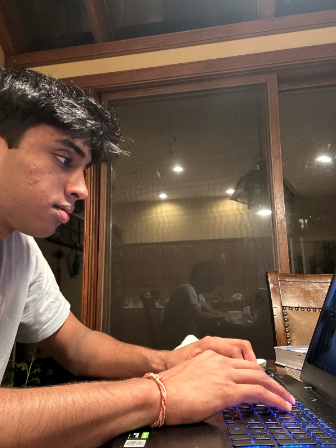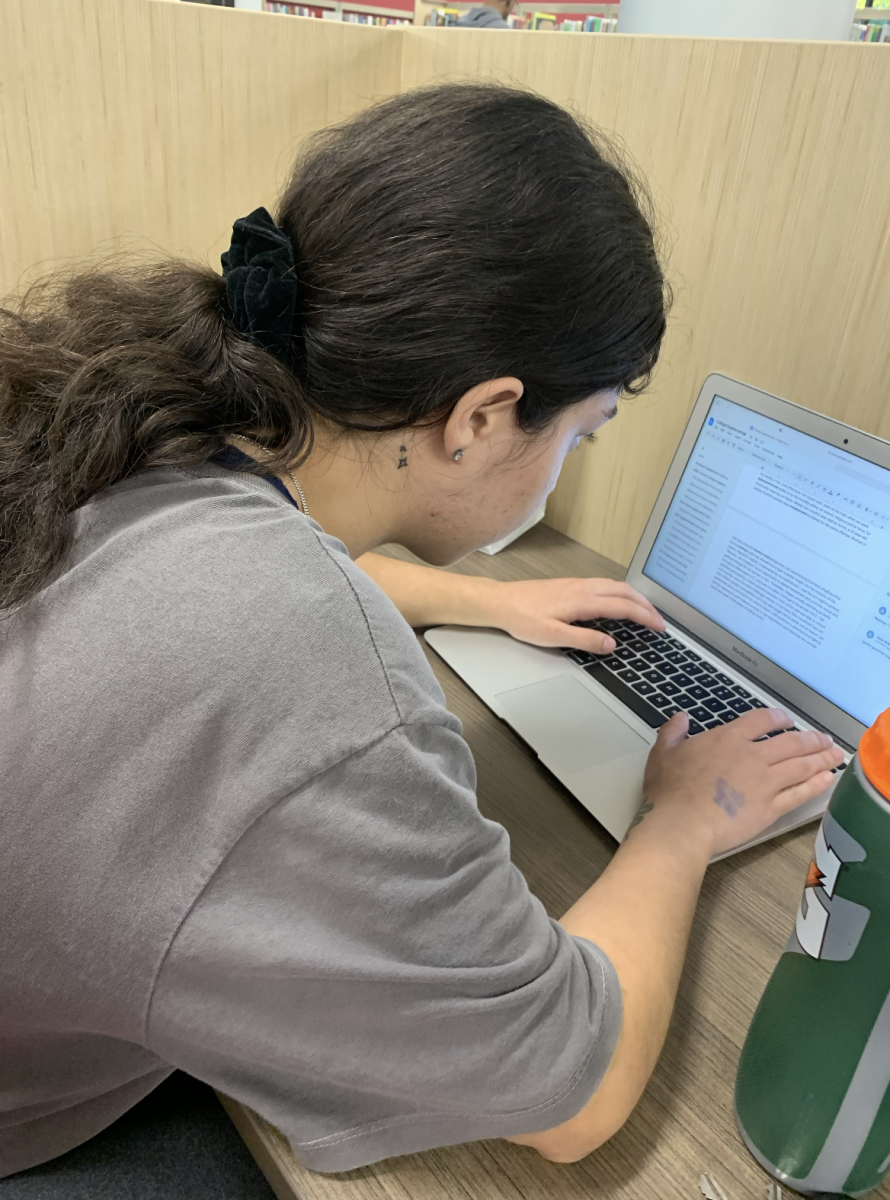A recent study conducted by the Center for Disease Control and Prevention (CDC) found the number of fatal car crashes involving 16- and 17- year olds has declined between 2004 and 2008.
All vehicle-related fatalities have seen a decline, and from 2008 to 2009, the total reached its lowest amount since 1950. The Graduated Driver Licensing (GDL) program, which is implemented in some way in 49 states, stretches out the process of obtaining a license, and places restrictions on newly acquired ones, and is a large factor in the decline, according to both AAA communications director Dan Bleier and Tom Pecoraro, who owns I Drive Smart, a local drivers’ education company.
“The AAA Foundation released a study in 2007 that found that 16-year old drivers were involved in 38 [percent] fewer crashes if their state had a GDL program,” Bleier said. “The most effective programs are in states with more restrictive programs which results in lower death rates for teen drivers.”
Maryland’s GDL program consists of a minimum age of 15 years and nine months to obtain a learner’s permit and a minimum nine-month holding period in which the driver must accumulate 60 hours of supervised driving before getting a provisional driver’s license. The program then extends to the provisional license, placing restrictions on car passengers and driving hours. Only when the driver reaches 18-years old is he or she restriction-free.
“Driving is a life skill, and stretching the process out, adding more educational features and taking more time is going to make people better and more aware drivers,” Pecoraro said.
In addition to states’ GDL programs, many states have passed laws that either ban texting while driving or using a phone in any capacity. However, according to Pecoraro, these laws have yet to yield many positive results.
“Texting laws are not having an impact now,” Pecoraro said. “Maybe it is because it hasn’t been long enough, but states with texting and hands-free laws haven’t seen a decrease, [but some] have seen increase in distracted-driver accidents [since the laws were passed].”
Many students do not see the positive effects of the banned phone-use laws. In fact, some feel the laws, at least in Maryland, are virtually unenforceable because they are secondary offenses, meaning a driver cannot be pulled over solely for using his or her phone, but can be cited if already stopped.
“The law [in Maryland] says you can read a text, but not write one,” sophomore Charlie Morris said. “It’s a loophole, and kids can lie. For it to be effective, [the law] should be a primary offense.”
According to Pecoraro, the texting ban will likely become more stringent.
“Texting will probably follow the seatbelt law, which started out as a secondary offense, but is now a primary offense,” Pecoraro said.
Even with the many preventive and safety measures in place, teen driving accidents are still the number-one cause of death for 16- to 29-year olds, according to Pecoraro.
“It doesn’t matter how many laws are implemented,” Pecoraro said. “The most important things teens can do are change the culture, get the right information and know statistics and facts [about teen driving accidents]. It’s all about spreading the message.”
Though the decline in fatal teen driving accidents is a positive sign, reckless teen driving still affects many people.
“While [the decline] in teen fatalities is certainly a positive sign, it’s important to note more than 11,000 people died in crashes that were examined,” Bleier said. “Not [all of] these deaths were teenagers, so it’s important for teens to recognize that they are not just putting themselves at risk when a poor decision is made behind the wheel, but it impacts their passengers and everyone else on the road.”







